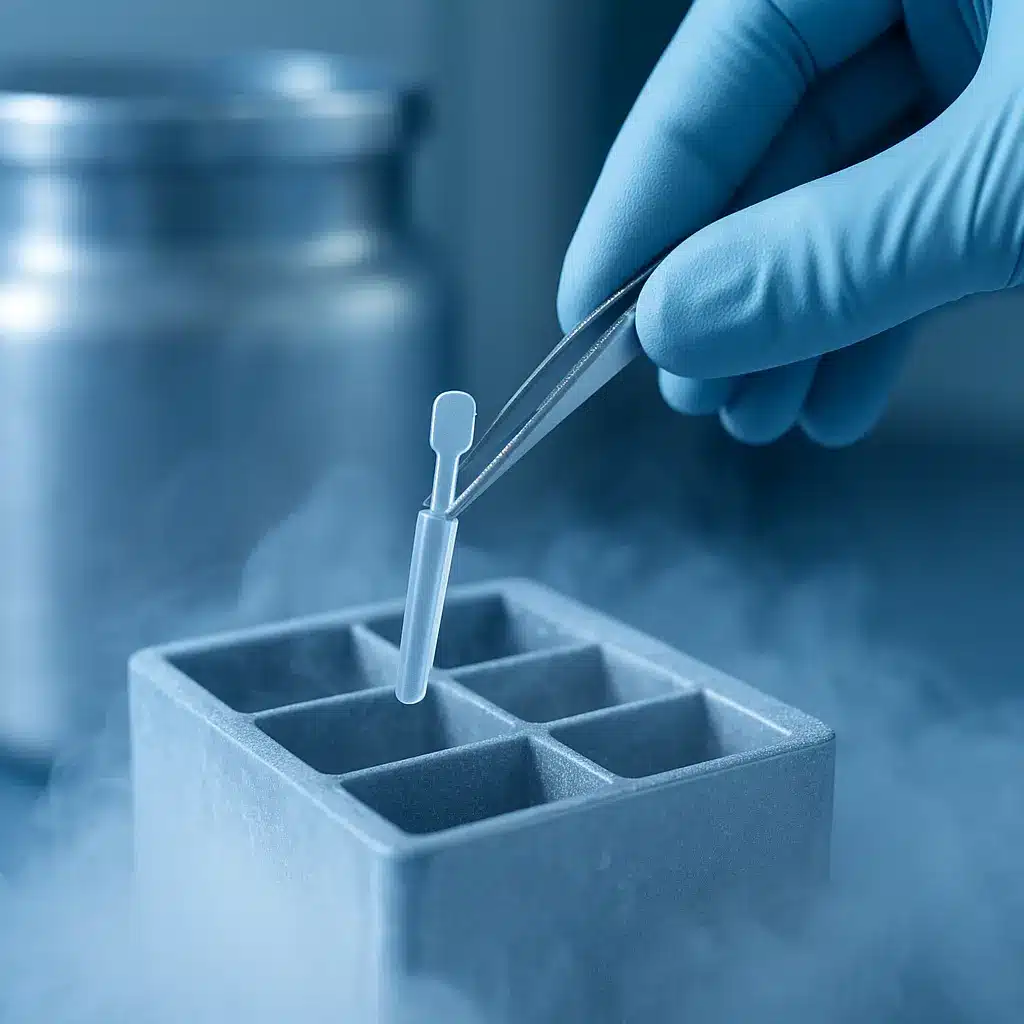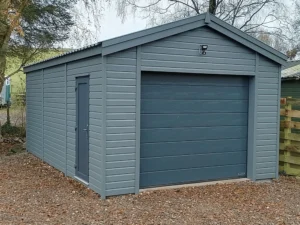As medicine advances into the era of miniaturization and precision, the devices used in critical procedures are becoming increasingly small and complex. Among these, the cryopreservation carrier stands out as a vital yet often overlooked component in fields like fertility treatment, biobanking, and stem cell preservation. These tiny carriers are responsible for safeguarding delicate biological materials—such as embryos, oocytes, or stem cells—during the high-risk process of ultra-low-temperature storage. Creating them requires more than conventional manufacturing; it requires micromolding.
Micromolding, a highly specialized branch of injection molding, is now the gold standard for producing intricate medical components at the sub-millimeter scale. When it comes to the next generation of cryopreservation carriers, micromolding offers the precision, repeatability, and material compatibility that modern medical applications demand.
The Critical Role of Cryopreservation Carriers
Cryopreservation carrier are designed to hold and protect biological samples during freezing and thawing cycles—some as low as -196°C in liquid nitrogen. These carriers must be structurally stable, chemically inert, and biocompatible to ensure that no damage occurs to the sample they carry. More importantly, they must be manufactured to exact dimensions; even the slightest variation can compromise the viability of the preserved material.
In fertility clinics and biobanks, these carriers play a pivotal role in the successful long-term storage and retrieval of biological samples. Whether it’s an embryo awaiting implantation or a stem cell sample stored for future treatment, the integrity of the carrier directly affects patient outcomes.
Why Traditional Manufacturing Falls Short
Historically, many cryopreservation carriers were manually assembled or machined from simple plastic materials. While this approach worked at small scales, it lacks the precision and consistency required for today’s clinical environments. As regulatory standards tighten and demand increases, these outdated methods are no longer viable.
Manual processes introduce variability, increase labor costs, and often struggle to meet the rigorous requirements of medical device certification. That’s where micromolding proves invaluable.
The Power of Micromolding
Micromolding enables manufacturers to produce high-volume, high-precision components with micro-scale features and extremely tight tolerances. It works by injecting medical-grade thermoplastics into ultra-precise molds, often crafted with micron-level accuracy. This process ensures that each cryopreservation carrier is consistent, reliable, and ready for clinical use.
Unlike traditional molding, micromolding supports the creation of extremely thin walls, complex geometries, and integrated design features—such as tamper-evident locks or ID coding—that are especially useful in modern fertility and biobanking applications.
Material Matters
One of the key advantages of micromolding is its compatibility with a wide range of biocompatible materials, such as polycarbonate, polypropylene, and cyclic olefin copolymer (COC). These materials are ideal for cryopreservation applications due to their resistance to thermal shock, clarity for sample visibility, and compatibility with sterilization methods like gamma irradiation or ethylene oxide treatment.
Micromolding also minimizes material waste, a critical benefit when working with high-grade or custom medical polymers.
Meeting Regulatory Demands
Today’s cryopreservation carriers must comply with increasingly strict global medical regulations, including ISO 13485 and FDA guidelines. Micromolding processes are well-suited to meet these demands, with cleanroom manufacturing environments, automated inspection systems, and documented process controls ensuring repeatable, validated production.
Micromolding manufacturers who specialize in medical devices often operate under full traceability protocols, allowing each carrier to be linked back to its batch, mold, and material source—an important factor for clinical accountability.
Looking Ahead: The Next Generation of Cryopreservation Devices
As precision medicine, fertility preservation, and stem cell therapies continue to evolve, so too must the tools that support them. The future of cryopreservation will likely involve even more advanced carrier designs—smaller, smarter, and potentially integrated with microelectronics or tracking features. None of this would be possible without the scalability and precision of micromolding.
In the production of micromolding medical devices, innovation must be grounded in exacting standards. Micromolding not only meets those standards but pushes the boundaries of what’s possible in biomedical engineering.
Final Thoughts
Cryopreservation carriers may be small, but their role in preserving life and enabling future treatment is immense. As demands for precision, safety, and efficiency grow, micromolding has emerged as the cornerstone manufacturing method for next-generation solutions. It’s not just about making smaller parts—it’s about making smarter, safer, and more reliable medical devices that support real outcomes. And in the case of cryopreservation, the right carrier—made the right way—can mean everything.
Also Read-What Your Mouth Says About Your Overall Health










